Darakjeong (다락정)
2.7Km 2021-03-26
131-1, Samcheong-ro, Jongno-gu, Seoul
+82-2-725-1697
Darakjeong has been popular for a long time because of the simple taste of its traditional Mandu (Korean stuffed dumpling). Since its opening in 1991, tasty soup and scrumptious Mandu have been served. A fist-sized Mandu is fully packed with seasoned meat, bean-curd, and various vegetables. Its thick dough makes it chewy and delightful. For one person, “Manduguk”(boiled dumpling soup) is a good choice. The delicious and nourishing taste of Mandu goes well with the sweet, spicy, and fresh taste of the soup. Manduguk is served in a brass bowl which keeps the food warm while eating. For a large-size group, “Mandujeongol” cooked with various vegetables in a casserole is recommended. There are two types of Mandujeongol that have different tastes. The main characteristic of “Kimchi Mandujeongol” is its spicy flavor, which reminds people of the refreshing taste of Kimchi soup, and “Tojang Mandujeongol” expounds on the savory taste of bean-paste soup. Tojang means folk soybean-paste. “Nokdujeon”(a Korean pan-fried dish with green mung bean) is another famous dish at Darakjeong, which is pan-fried with a very light seasoning to emphasize the original taste of Nokdu (green mung bean). Salted oysters with hot pepper are served with Nokdujeon instead of soy sauce, which is a perfect match.
Musée des chouettes (부엉이박물관)
2.8Km 2022-09-19
143, Bukchon-ro, Jongno-gu, Seoul-si
+82-2-3210-2902
Si vous êtes un passionné des chouettes et que vous aimez l’art des pliages, nous vous conseillons le musée des chouettes. Ce musée ayant pour thème les chouettes, comporte nombre d’oeuvres d’art, de pliages, d’objets utilitaires et accessoires en tout genre. Ces objets proviennent de 70 pays tels que la Chine, les Etats-Unis, la République Tchèque ou la Pologne. Plus de 2,000 pièces y sont exposées.
Nunnamujip (눈나무집)
2.8Km 2020-06-16
136-1, Samcheong-ro, Jongno-gu, Seoul
+82-2-739-6742
Nunnamujip is famous for a North Korean dish called, “Kimchi mari guksu”, which is a noodle dish in cold kimchi soup containing toasted laver, a boiled egg, and sesame. The soup is refreshingly cold and a little spicy. For “Kimchi mari bap”, a bowl of rice is put into cold kimchi soup instead of noodles. The taste is very unique. In addition to Kimchimari, “Tteokgalbi” is a popular dish on the menu as well.
The main restaurant is located in the basement, which has only limited seating capacity with a few tables. As a result, many people usually wait in line for lunch or dinner. A second franchise has opened in a three-story building across the street. To enjoy a quaint atmosphere, the first establishment is better, but the new one’s interior design is much more modern and fancier, giving it a fresh altering look.
Hangeureut (한그릇)
2.8Km 2021-03-18
136, Samcheong-ro, Jongno-gu, Seoul
+82-2-720-5613
A store that also serves delicious meat noodles. The best menu at this restaurant is rice soup. This is a Korean cuisine located in Jongno, Seoul.
Jinhyang Jokbal (진향족발)
2.8Km 2021-03-19
231-1, Jong-ro, Jongno-gu, Seoul
+82-2-745-5533
A pig's trotter(s) specialty restaurant located near Jongno 5(o)ga Station in Seoul. One of the top 5 jokbal (pig's trotter) restaurants in Seoul. This restaurant's signature menu is braised pigs' feet.
Lotte City Hotel Mapo (롯데시티호텔 마포)
2.8Km 2020-06-10
109, Mapo-daero, Mapo-gu, Seoul
+82-2-6009-1000
Lotte City Hotel Mapo is a premium business hotel that opened on March 10, 2009. Conveniently located near Myeongdong, Seoul Station, Hongdae, and Yeouido, it has easy access to public transportation including the airport railroad to Incheon International Airport and Gimpo Airport. The hotel provides 5-star hotel facilities at reasonable prices.
The 284 guestrooms include 100 twin rooms, 182 double rooms, and 2 ondol rooms, while the subsidiary facilities include a swimming pool, a gym, and a business center equipped with free internet service, a fax machine, a copy machine, a printer, and stationary.
The double rooms feature a spacious workplace for business travelers, while twin rooms have a luxurious and comfortable interior. The family twin rooms are for family travelers, and ondol rooms provide a chance for visitors to experience the traditional Korean lifestyle.
The buffet-style hotel restaurant ‘Naru’ features an elegant ambience and fresh dishes cooked at its open kitchen.
Banyan Tree Club & Spa Seoul (반얀트리 클럽 앤 스파 서울)
2.8Km 2021-06-22
60, Jangchungdan-ro, Jung-gu, Seoul
+82-2-2250-8000
Banyan Tree Club & Spa Seoul is a membership club & hotel operated by Banyan Tree Hotel & Resort, Singapore’s top resort brand. The new urban resort is a place where visitors can enjoy quality spa services while taking in a panoramic view.
Located on Namsan Mountain in the center of Seoul, Banyan Tree Club & Spa Seoul consists of three buildings: the Club, the Hotel and the Festa. Facilities include an outdoor sports center and other luxurious amenities like an outdoor pool, 23 cabanas, a sauna, fitness center, driving range, tennis court, outdoor playing field, spa, and kids’ club. The hotel houses 34 suites with private relaxation pools, and 16 members-only club rooms. The two Presidential Suites located on the top floor offer a fantastic night view of Seoul and Namsan Mountain.
Agurang Kkotgerang (아구랑꽃게랑)
2.8Km 2021-03-18
35-5, Dongho-ro, 24-gil, Jung-gu, Seoul
+82-2-2263-5554
This Korean cuisine is located near Dongguk Univ. Station, Seoul. The representative menu is soy sauce marinated crab. The favorite restaurant of Japanese tourists.
Songwon (송원)
2.8Km 2020-02-11
35-4, Dongho-ro 24-gil, Jung-gu, Seoul
+82-2-2275-3118
Songwon is well known in the Jangchung-dong area for serving only high-quality Korean beef, seasoned with 20 different types of natural ingredients.
Parc Jangchungdan (장충단 공원)
2.9Km 2020-04-28
261, Dongho-ro, Jung-gu, Seoul
Le parc de Jangchungdan se trouve au pied Nord-Est du mont Namsan. Le 20 août 1895, l’impératrice Myeongseong fut assassinée par des soldats japonais dans le palais de Gyeongbok, et de nombreux soldats comme Gyeongjik (I) et Hong Gyehun moururent alors qu’ils essayaient de retenir les intrus. L’empereur Gojong fit bâtir le sanctuaire de Jangchungdan (à l’emplacement actuel de la guesthosue Shilla hotel) en novembre 1900 à la mémoire de ces soldats. Le sanctuaire fut détruit durant la guerre de Corée et le site a été rénové pour en faire un parc en 1919.
Le 22 septembre 1984, le parc de Jangchungdan a été désigné 374ème parc de voisinage de Corée, et une partie du parc a été intégré au parc de Namsan. La zone restante a conservé le nom de « Parc de Jangchungdan » et abrite toujours des biens culturels tels que la Pierre Commémorative de Jangchungdan, Supyogyo, Seungjeongjeon, Gwanseongmyo, and Waryongmyo. Le parc est considéré comme un haut lieu du patriotisme, car on y trouve la pierre commémorative du mouvement d’indépendance coréen de 1919 ainsi que d’autres monuments dédiés à des personnalités telles que Han Yongun, Yu Gwansun et Gim Yonghwan qui ont combattu pour l’indépendance de la nation.

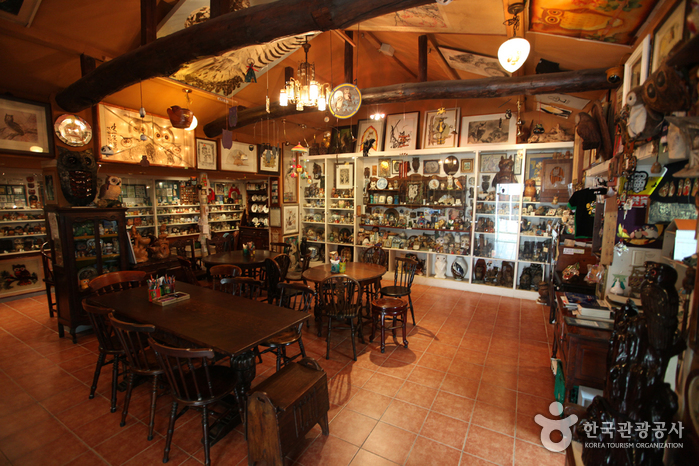
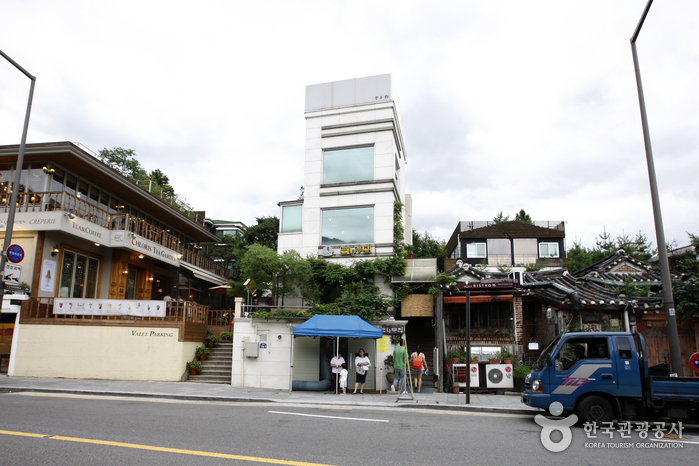
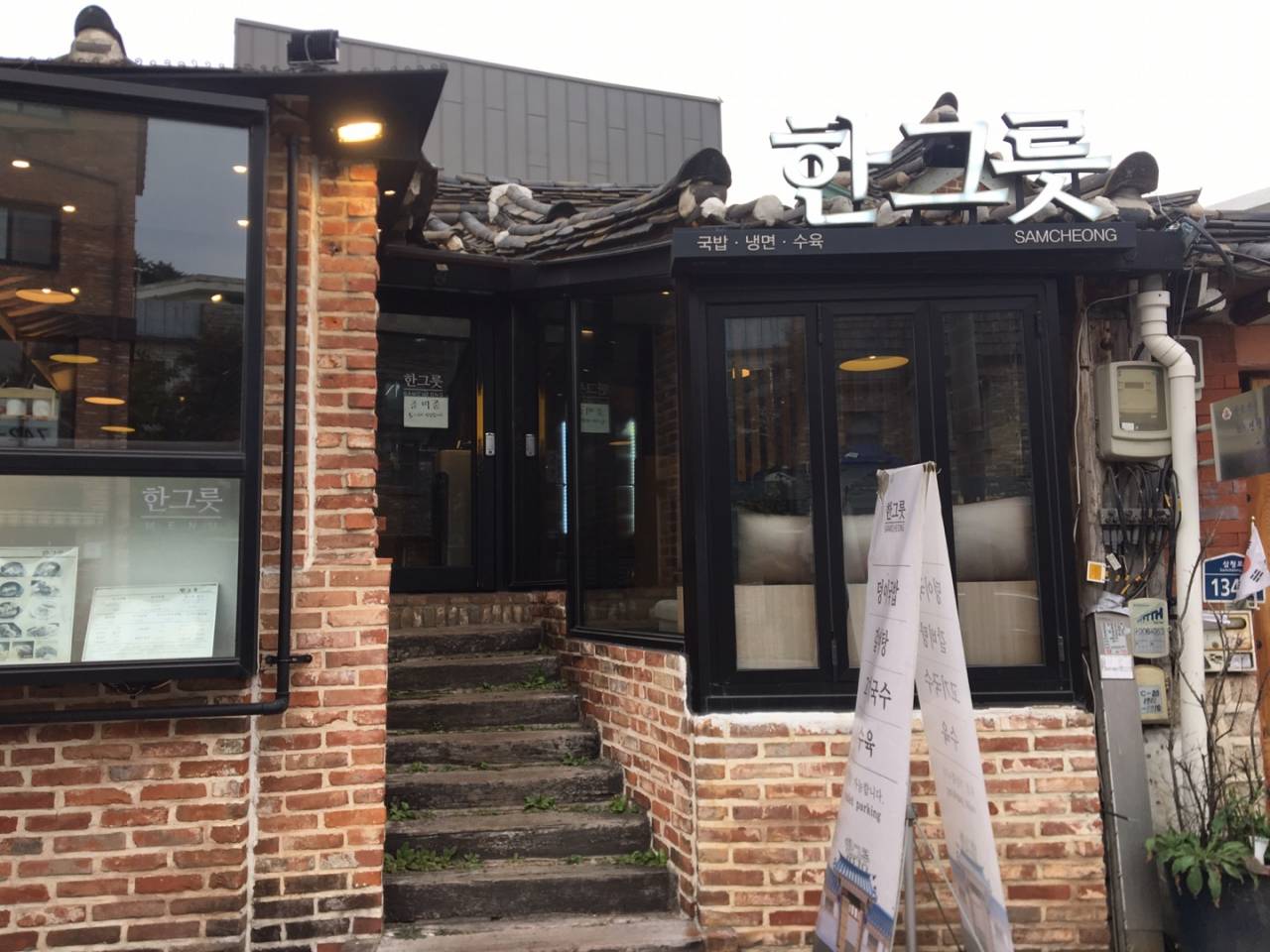
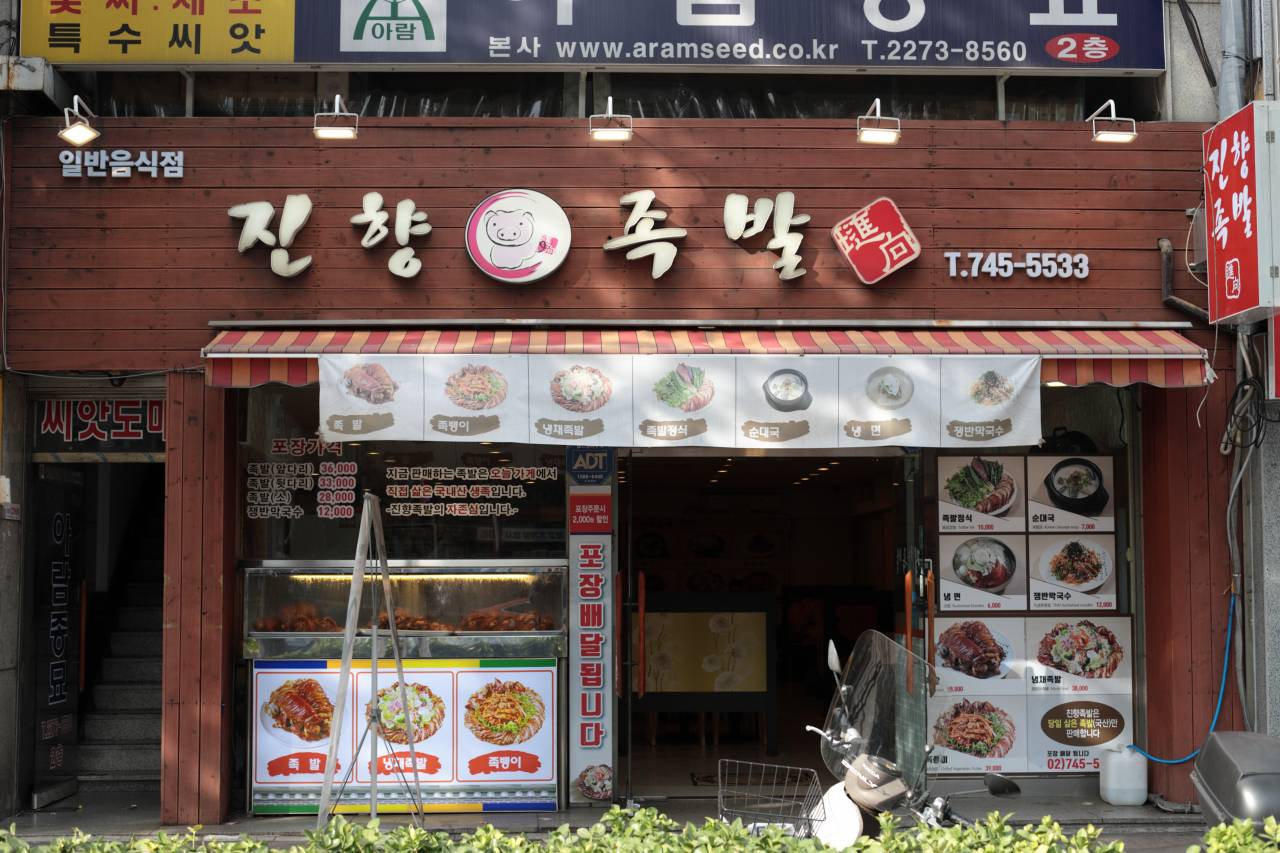

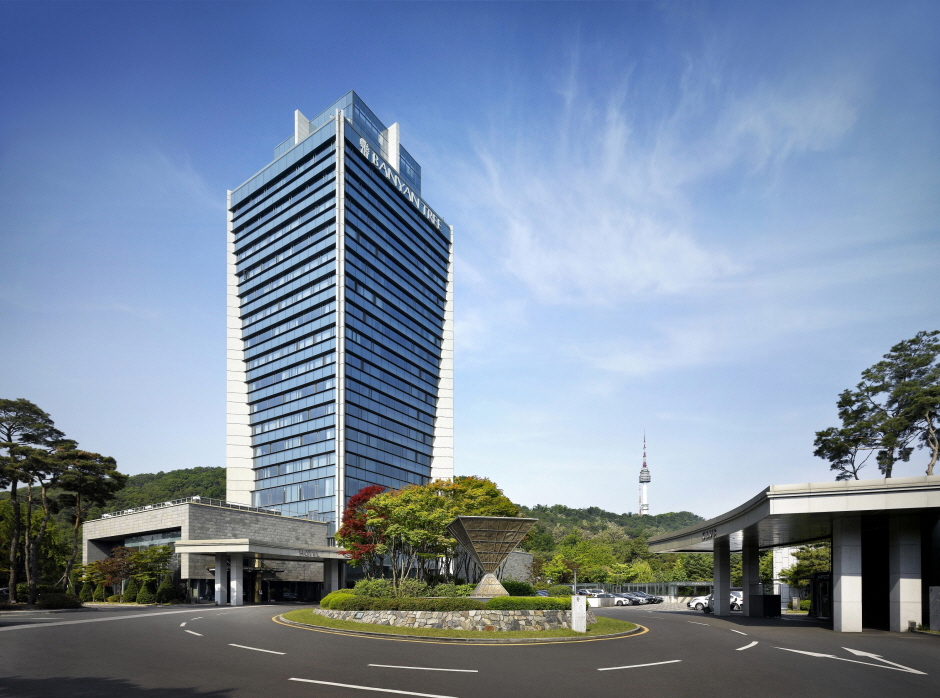
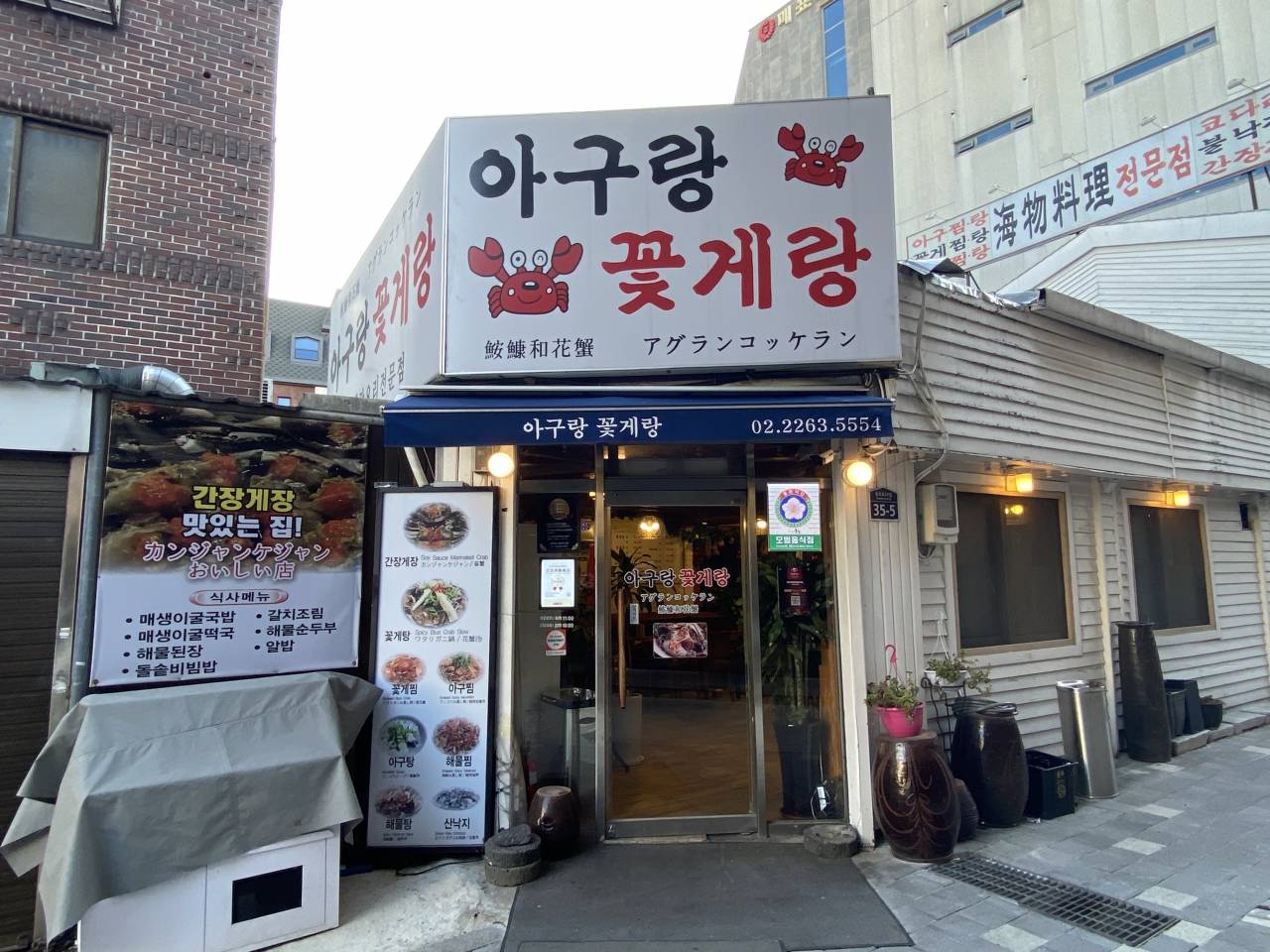
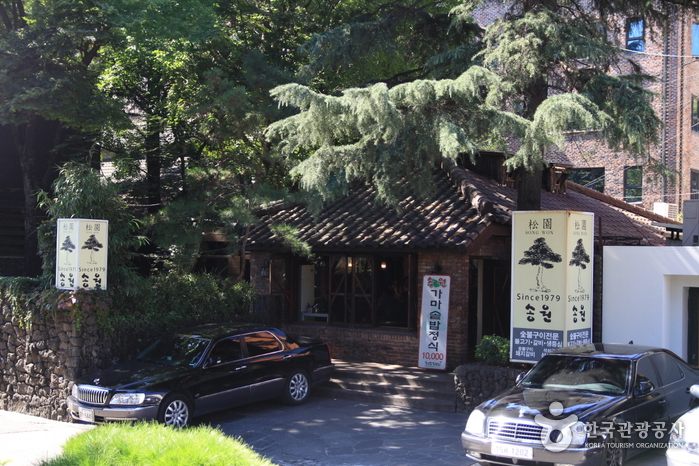

 Français
Français
 한국어
한국어 English
English 日本語
日本語 中文(简体)
中文(简体) Deutsch
Deutsch Español
Español Русский
Русский